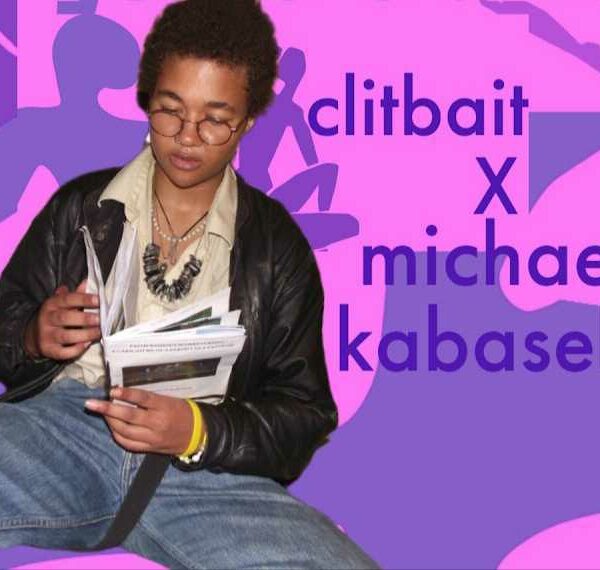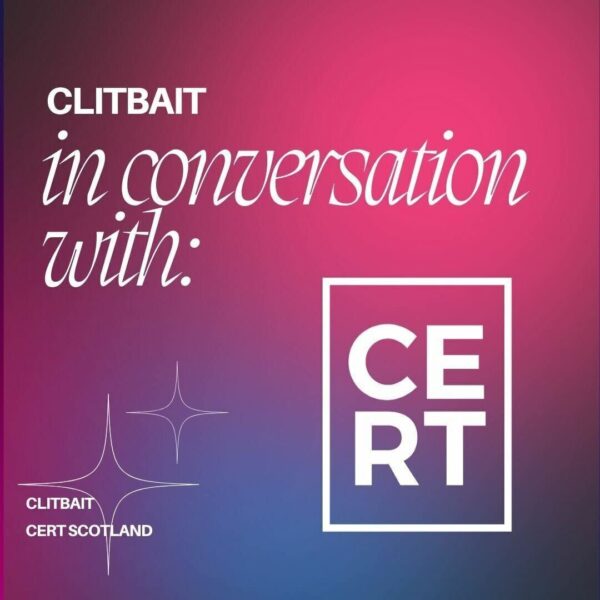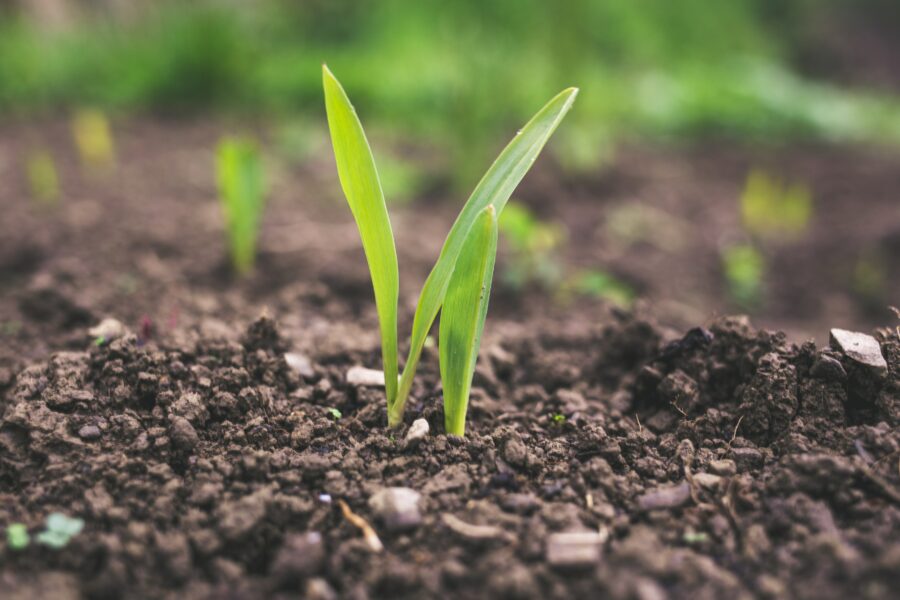It was interesting to overhear others discussing how much of a community we were. When I looked around me, I noticed the demographic of the room was overwhelmingly white and male. I paused to consider – what is community? Do I really feel included and accepted, or do I mould myself into what I think a “climber” or an “outdoors lover” is? An underlying question arises: who is excluded from accessing the outdoors?

Building Community: Intersections of the ‘Outdoors’ and ‘Belonging’.
Last year, I attended the film screening of a Scottish climbing film. As a climber and lover of the outdoors myself, I was surrounded in this space by friends and people I felt I had a lot in common with. I feel grateful to have a sense of “community” as an adult. To have connections, shared activities, and to be accepted by others around you feels so lovely. In fact, it’s been proven that people who feel they belong to a community enjoy greater physical and mental wellbeing and longer life expectancies. Spending time outdoors has been shown to have similarly positive effects. It’s an amazing feeling to combine the two.
It was interesting to overhear others discussing how much of a community we were. When I looked around me, I noticed the demographic of the room was overwhelmingly white and male. I paused to consider – what is community? Do I really feel included and accepted, or do I mould myself into what I think a “climber” or an “outdoors lover” is? An underlying question arises: who is excluded from accessing the outdoors? Outdoor pursuits don’t exist outside of systems of disempowerment and inequality, so calling ourselves friendly isn’t enough to overcome barriers to participation. Last weekend, I was on a climbing trip with a ratio of 5 men for every 1 woman at the crag, and I’ve realised I rarely meet other LGBTQ+ friends through the outdoors. That is just one example of the comfort with which those with greater privilege move through these spaces.
The space to explore, escape, and play in the outdoors has defined my life. Growing up as a first-generation Romanian immigrant in Canada, my family was sold images of wilderness and deep, remote emptiness. Ice hockey, skiing, and climbing shape Canada’s image, both to itself and the world. I distinctly remember my first time exploring the pine forest around my tent, age 2; hopping on skis, age 6; going away to summer camp to learn about nature, age 11; and realising I wanted to spend my life sharing the stewardship for nature I’d learned through these experiences, with children. I am also someone who needs time alone to rejuvenate. These two things have led me to seek peace outside wherever I go. I consider the outdoors to be my identity, profession, and escape, even when I experience a lack of representation across my gender and sexuality. This might be an argument for targeting lack of diversity through “removing barriers” such as representation of different communities, greater financial support, and skill sharing. It’s expensive and exclusive to be involved in many outdoors activities.
However, these barriers run deeper. They are a product of multiple systemic injustices, and though increasing representation and financial support are good steps forward, we must also challenge how we imagine and engage with the spaces themselves. Canada is a prime example of where the outdoors and access to it are premised on exclusion. Gender stereotypes are enforced through media showing outdoors recreators to be white nuclear families, and land is parcelled off for conservation in state-run national and provincial parks. This distracts from extraction projects elsewhere, and ensures land use is decided by a settler government instead of Indigenous communities. “Wild” pine forests are not empty playgrounds for white Torontonians to explore on holiday. They have a history of genocide, extraction, and both human and ecological displacement. This is hidden behind presented imagery and dialogue of peace and remoteness. Imagining Canada’s landscapes to be empty and wild today requires overlooking a history of violent settlement and land clearances by white Europeans. With the outdoors industry growing more every year, those who have claimed space in using this land for recreational purposes have a responsibility to challenge this.
Empty wilderness is romanticised across outdoor locations and pursuits. For some of us, there is a desire to climb the undiscovered, to adventure into this remoteness. It seems less adventurous to climb or walk in areas where you can see other people. I do it too. I associate climbing at a quiet, empty crag with feelings of peace and, strangely, accomplishment for having made it out to an “undiscovered” spot. Films celebrate achievement and exploration, and imaginations are captured by stories of (often white, Western) mountaineers pushing summits. If empty wildness, progressive achievement and physical conquering are the premise of these pursuits, barriers to access are ingrained in the activities themselves. They were popularised through stories of empty lands for white settlers and mountaineers to “discover”, for Western adventure seekers to exploit local labour to pursue their version of “summiting”, for able-bodied people to define sporting “achievements.” It’s difficult to express discomfort, lack of safety or non-white, non-heterosexual identities in outdoor activities-when these are the foundations.
There seems to be such little dialogue around these darker aspects of outdoor recreation. Conversations around lack of diversity often end at increasing representation in sports, corporate ownership, and land management. I’ve also noticed a lack of support for and participation in direct action or climate activism. Perhaps, it feels overwhelming to turn inwards and critique the pursuits that bring happiness and adventure. It also might be difficult (or impossible) to earn enough money to enjoy these activities while choosing a more ethical path. However, it’s not good enough to continue exclusion. If we are a community, we need to uphold welcoming values by confronting structural issues.
I urge everyone who uses, loves, and cares for these activities and spaces to begin to confront exclusion, capitalism, and colonial histories (if you are able to). We need to change how we live and imagine nature. It isn’t separate, and we can’t continue to idealise the pursuit of achievement and exploration from a mindset of progress or conquering land frontiers. This will continue to exclude those with less power and remove accountability from extractive projects. We need reparations, land back to Indigenous communities, and to build genuinely inclusive spaces within our sports. The “outdoors community” must be built from the land up.
————————————
Check out these grassroots community- building initiatives and resources on the political and historical aspects of outdoors spaces:
- Check if your local climbing gym has an LGBTQ+ hour- or if one can be set up. You can also encourage your gym to implement ‘pay what you can’ or means-tested membership.
- Scotland based- The Adventure Syndicate
- Often writing and films produced on outdoor pursuits are focused on ideas of exploration and achievement too, so you can read lovely books such as ‘the Living Mountain’ by Nan Shepherd and ‘Braiding Sweetgrass’ by Robin Wall Kimmerer. These reflective and detailed pieces celebrate living with the land and seasons, not achieving or exploring imagined frontiers.
- Read about the rich history of non-white, non-heterosexual male recreators such as women in UK climbing here
- Engage with activism for land protection. You can learn more about examples direct action against extraction online or through media such as An Urgent Documentary (finite-film.com)
- Critically reflect on what is most often valued as an aspirational body to participate in outdoor sports (able, conventional). What changes if this is framed around multiple ways of viewing enjoyment, participation and achievement? Instagram: @climb.big
- Women’s Trad Festival-UK here
- Urban Uprising: Elevating and inspiring young people through climbing
- Not a grassroots initiative, but you can watch the film ‘Black Ice’, featuring a group of black Memphis climbers. Available for free on the Red Bull website.
- Read more about the land back movement Here






Leave a Comment